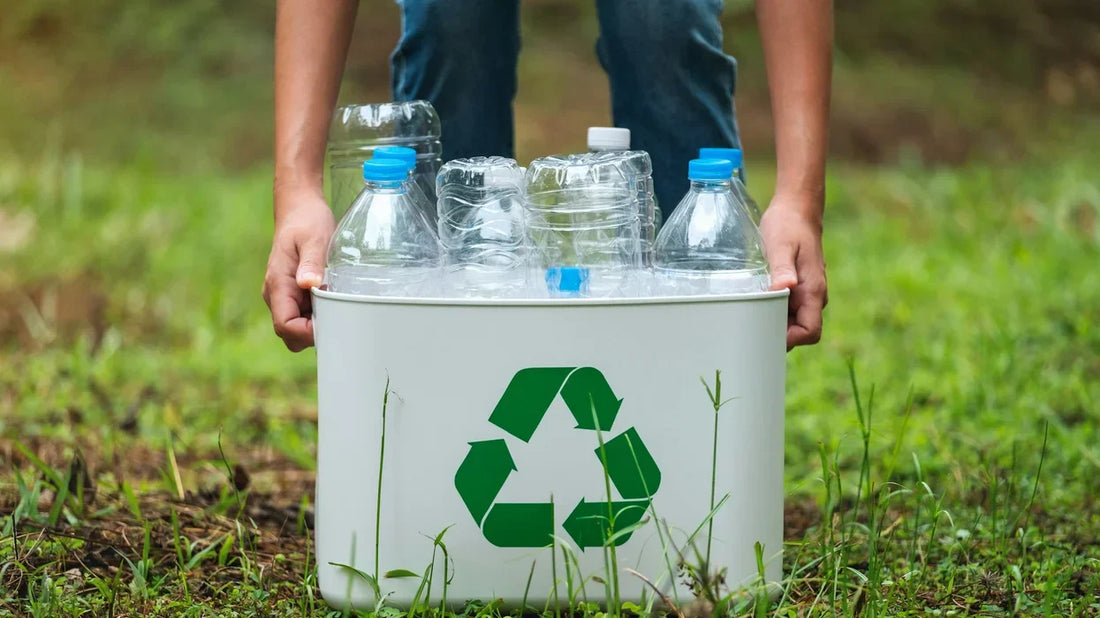FDA approved plastics are essential for ensuring food safety and consumer health, especially in packaging and storage. These plastics have undergone rigorous evaluation by the U.S. Food and Drug Administration (FDA) to confirm they are safe for direct contact with food, preventing harmful chemical migration and contamination. Understanding the difference between "FDA approved" and "FDA compliant" plastics is crucial for manufacturers and consumers alike, as the FDA approval involves a formal review process ensuring materials meet strict safety standards, while compliance generally means meeting FDA guidelines without formal approval.
What Are FDA Approved Plastics?
FDA approved plastics refer to materials that have passed the FDA's Food Contact Notification (FCN) process, which includes toxicological and migration testing to ensure no harmful substances leach into food under intended use conditions. The FDA regulates Food Contact Substances (FCS) to protect public health by setting safety standards and reviewing scientific data submitted by manufacturers. This process guarantees that plastics used in food packaging and processing are safe for consumers.
Types of FDA Approved Plastics
Common Food Grade Plastics
- HDPE (High-Density Polyethylene, #2): Known for chemical resistance, commonly used in milk jugs and yogurt tubs.
- LDPE (Low-Density Polyethylene, #4): Flexible plastic used in wraps and bread bags.
- PET (Polyethylene Terephthalate, #1): Approved for one-time use, with FDA-approved recycled PET variants available.
- PP (Polypropylene, #5): Microwave-safe, used in yogurt cups and lids.
- Polycarbonate (PC): Durable and FDA-approved within safe BPA limits, though BPA concerns remain.
Technical and Specialty Plastics
- PEEK, PTFE, Teflon: Approved for high-performance applications requiring chemical and temperature resistance.
- Bioplastics (PLA, PCL): Sustainable, FDA-approved options gaining popularity for eco-friendly packaging.
Virgin vs Recycled FDA Approved Plastics
The FDA also approves certain recycled plastics, such as recycled PET (rPET) and recycled HDPE (rHDPE), after thorough toxicological and migration testing. The approval process ensures recycled materials meet the same safety standards as virgin plastics, supporting closed-loop recycling efforts and sustainability without compromising food safety.
Health and Safety Considerations
While FDA approved plastics are deemed safe, certain factors affect their safety profile:
- BPA in Polycarbonate Plastics: Although FDA limits BPA exposure to safe levels, concerns persist, leading to increased use of BPA-free alternatives.
- Migration Limits: The FDA sets strict limits on chemical migration from plastics to food to prevent contamination.
- Compatibility: Plastics must be compatible with the food type (acidic, oily, etc.) and withstand temperature and repeated use conditions without degrading or leaching chemicals.
In conclusion, choosing FDA approved plastics ensures compliance with stringent safety standards, protecting consumers from chemical hazards in food packaging and storage. Whether using common food-grade plastics or innovative bioplastics, adherence to FDA regulations is key to maintaining food safety and public health.
Regulatory Standards and Symbols
Resin Identification Codes: Among the seven common resin codes, numbers 2 (HDPE), 4 (LDPE), and 5 (PP) are considered the safest for reuse in food contact applications due to their chemical stability and FDA approval status.
Glass and Fork Food-Safe Symbol: This symbol indicates that a material is safe for direct contact with food, complying with regulatory standards.
FDA vs EU Plastic Regulations:
- Key Similarities: Both FDA and EU regulations require migration testing and toxicological evaluation to ensure food safety.
- Major Differences: The EU maintains an authorized substances list (the “Union List”) for plastics and emphasizes traceability and control of Non-Intentionally Added Substances (NIAS). The EU also enforces stricter regulations on BPA use and recycled plastics in direct food contact applications.
- EU’s Stricter Stance: The European Union applies more rigorous limits on BPA and recycled content in food-contact plastics compared to the FDA, reflecting a precautionary approach to consumer safety.
Applications in the Food Industry
- HDPE: Used for milk jugs, cleaning containers, and other chemical-resistant packaging.
- LDPE: Common in flexible wraps, sealable bags, and bread packaging.
- PET: Widely used for beverage bottles and salad containers; FDA-approved recycled PET is also utilized.
- PP: Ideal for microwavable trays, deli containers, and yogurt cups due to its heat resistance.
- Polycarbonate (PC): Found in reusable water bottles and durable trays, though BPA concerns influence usage trends.
Performance Capabilities and Limitations
- Temperature Resistance: PP and PC withstand microwaving and boiling; HDPE and LDPE perform well in freezing and refrigeration.
- Chemical Resistance: HDPE and PTFE resist acids, oils, and alcohols; recycled plastics may have variable durability.
- Structural Durability: Virgin plastics generally offer better longevity; recycled content can introduce degradation risks if not properly processed.
How to Choose the Right FDA Approved Plastic for Your Packaging

Ask these key questions:
- Will the packaging be used for hot or cold foods?
- Does it need resistance to grease, acids, or oils?
- What level of recyclability and sustainability is desired?
- Should alternatives like stainless steel, glass, or paper-based materials be considered for specific applications?
Why Choose FDA Approved Plastics from Kimecopak
- Third-party verification of FDA compliance ensures safety and regulatory adherence.
- Transparent sourcing of both virgin and recycled plastics supports sustainability goals.
- Commitment to food safety and environmental responsibility within the Canadian market.
- Customized packaging solutions tailored to food manufacturers’ specific needs.
Conclusion
FDA approved plastics combine safety, performance, and sustainability with clear regulatory oversight. For food manufacturers seeking reliable, compliant packaging solutions, Kimecopak offers expert consultation, sample provision, and bespoke packaging designs. Contact Kimecopak today to ensure your packaging meets the highest standards for food safety and environmental responsibility.





